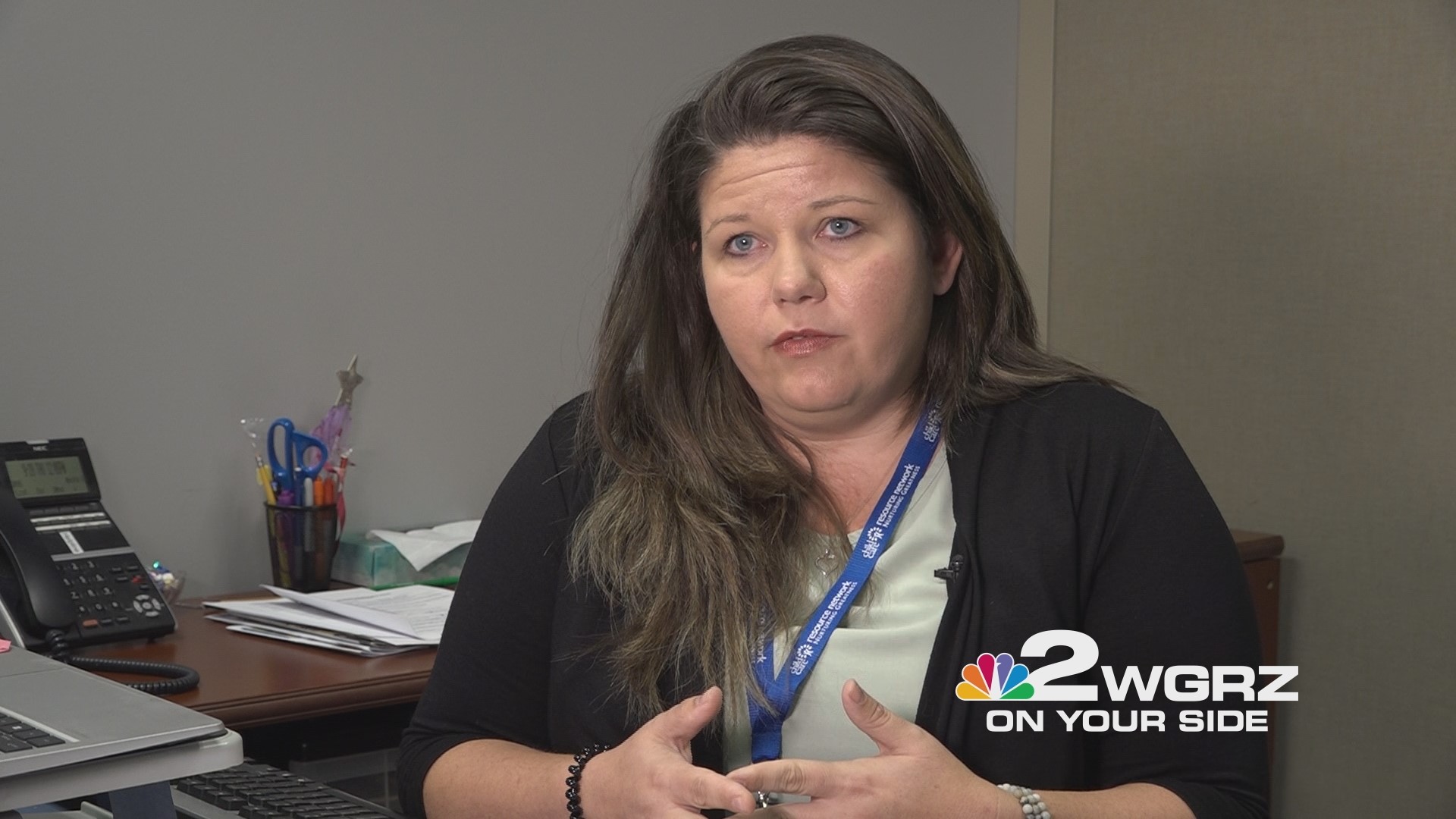BUFFALO, N.Y. — Federal funding that helped keep child care programs afloat during the COVID-19 pandemic will start running out Saturday, which could mean parents who are already paying a premium could end up paying more to cover that loss.
Danielle Kinsman told 2 On Your Side that her daycare Jumped Up Jellybeans on Hertel Avenue in Buffalo, which she opened in 2020, has received upwards of $30,000.
“I don't know a world before COVID without the funding, so I've been reaching out to some other owners to see how things were done,” she said.
For Kinsman and other child care providers, federal funding has been crucial to keeping staff well-paid and paying bills and rent. It has also helped her keep the often high cost of child care low for her parents.
With the money drying up, Kinsman has been honest with parents she said, that it could mean raising costs.
"It's difficult in this industry because you're not raising the cost of a T-shirt, they're children, so you feel like you're taking away from the kids, but you also have to be able to have the people who work here support their kids,” Kinsman said.
While parents have been understanding, Kinsman is well aware of how certain families may be more affected, especially because childcare is already quite expensive.
“It takes away from their income in their household, a lot of my parents depend on the funding to make sure their kids can be in a daycare,” she said.
According to the Child Care Resource Network for weekly daycare in Erie County, the market rate is around $300 per week, or more than $15,000 per year.
Kristin Macha, the Director of Regional Infant Toddler Services for the Resource Network cautions, however, that while this loss will impact child care programs’ bottom lines, they do not expect mass closures.
"We aren't going to wake up Monday morning to dozens of program closures,” Macha said.
“As [funding] starts to wrap up here and [childcare providers] are starting to flip into their sustainability plans we could see some of those costs shift back on to the parents however to increase those rates,” she added.
If rates do increase and parents need to adjust, the Child Care Resource Network helps connect parents with subsidies that pay for childcare, all free of charge because their office is funded by a state grant from the Office of Child and Family Services.
Macha explained that parents earning up to 300% above the federal poverty line can receive assistance for child care, with that income amount also based on family size. For a family of four that poverty mark is $90,000.
So while some parents will be covered by assistance even if a rate increase occurs, others may have to absorb that added cost or adjust.
“I think the folks that would be most impacted by this would be those just above that 300% poverty level because they are the ones that aren't necessarily going to qualify for that assistance,” Macha said.
She added this whole situation may simply mean parents have to look at different or more affordable childcare options if they can’t afford the added cost. Fortunately, the Child Care Resource Network is designed to help with that search. Their number is (716) 877-6666.
If you’re curious what an initial consultation is like watch the online exclusive above.
Kinsman and Macha agree while temporary funding to make up this loss would be great; a more sustainable and lasting solution is needed for childcare.
“If we don't find a different way to solve the problem, the same thing is going to happen every time [funding] is about to expire,” Kinsman said.


